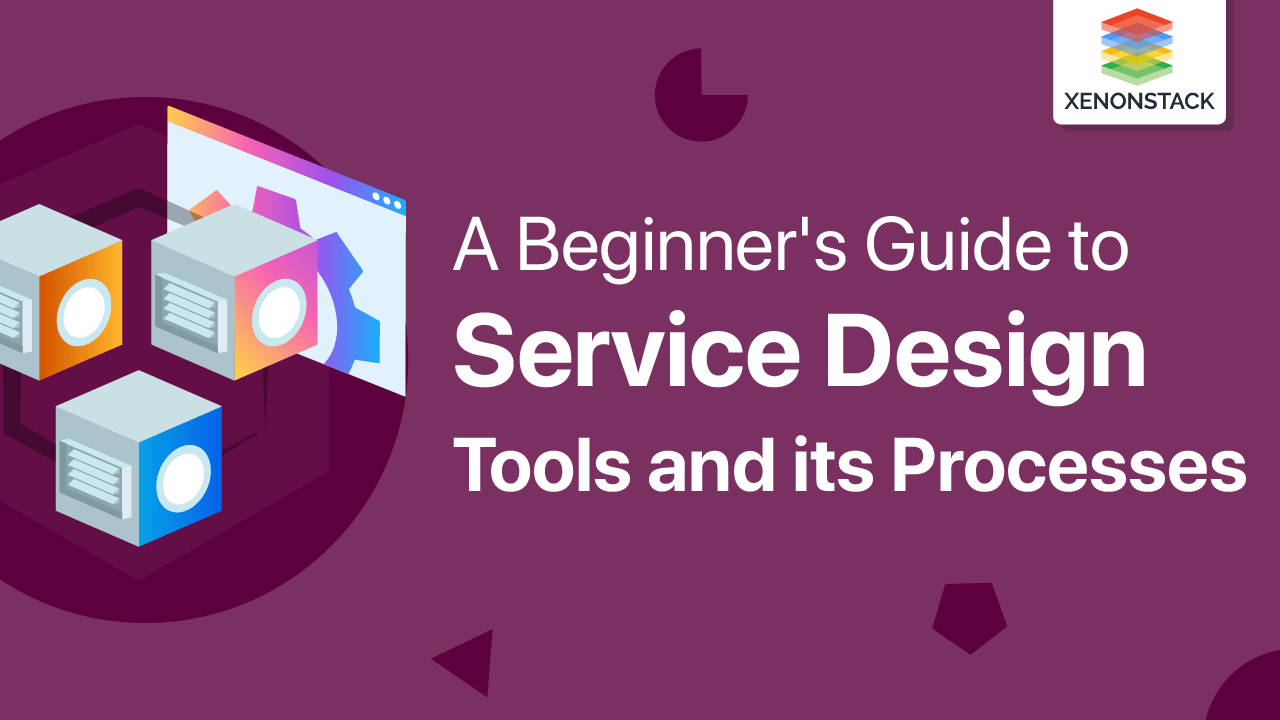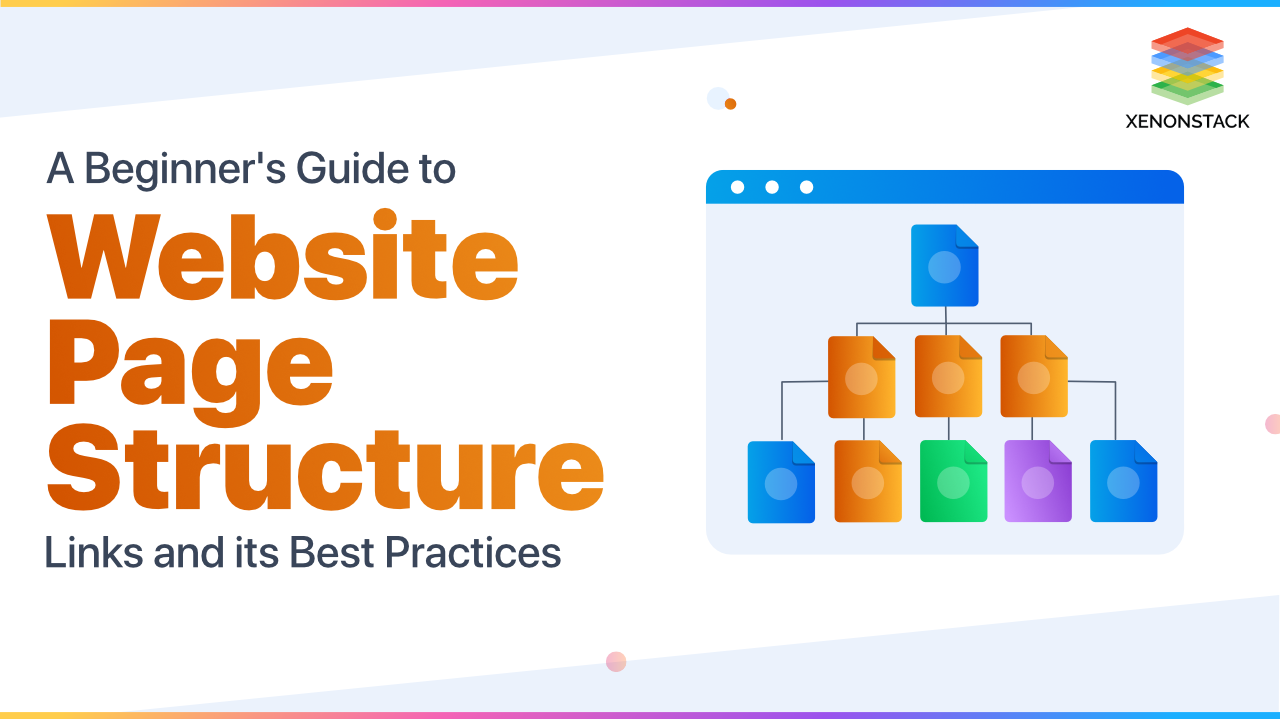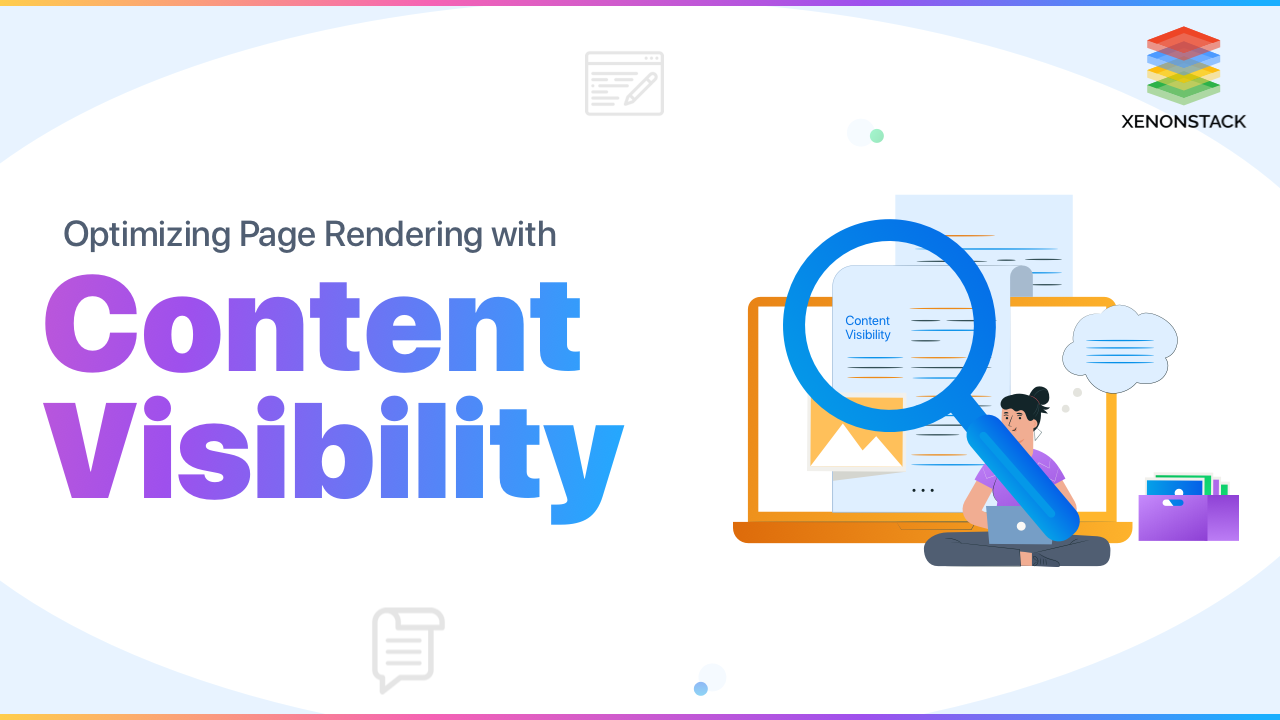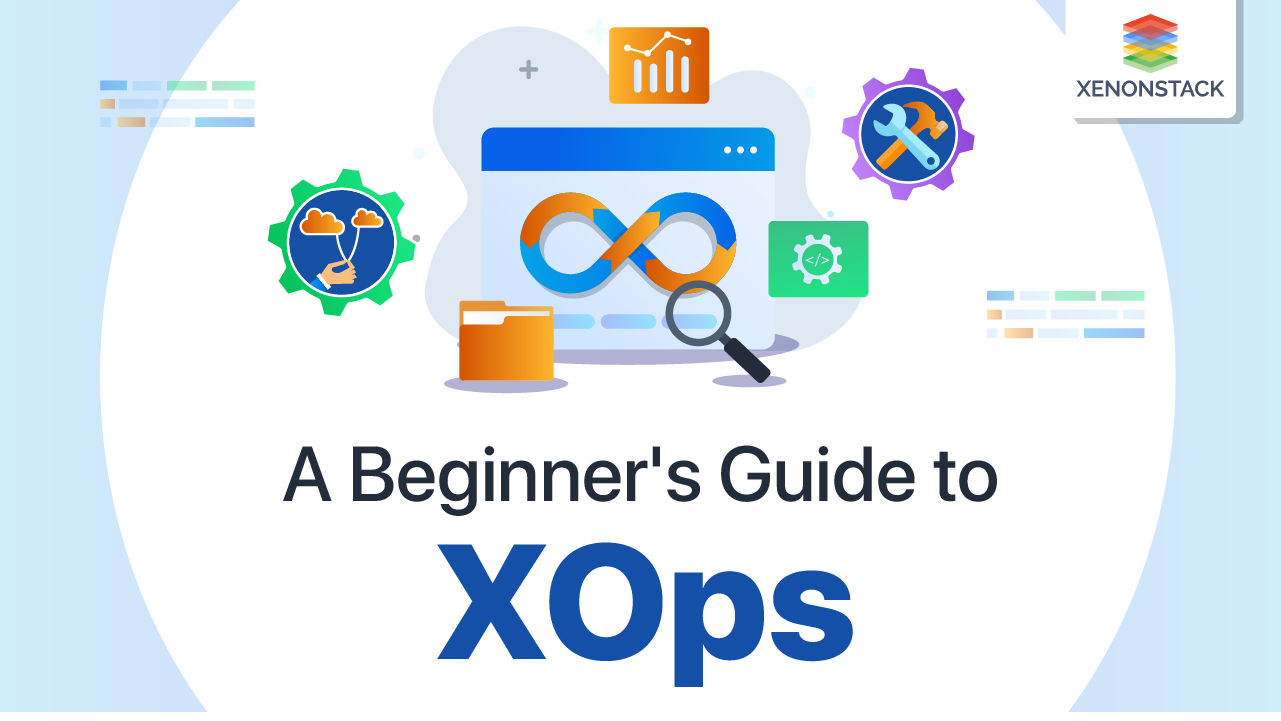
What is Service Design?
Service design is tied in with taking help and making it address the client's and client's issues for that assistance. It very well may be utilised to work on a current help or to make another service from scratch. To adjust to the support plan, a user experience creator should comprehend the essential standards of administration configuration thinking and have the option to make it adaptable while making services.
It is a cycle where designers make supportable arrangements and ideal encounters for the two clients in an extraordinary way for any organization. Planners break administrations into segments and adjust calibrated answers to suit every one of the client's necessities in the setting — in view of entertainers, area, and different variables.
To keep the principles functional when designing modern, sophisticated, interconnected and digitally transformed world strategies of this century. Click to explore about our, Platform Design Principles
Why it is important?
It is a human-centered strategic design discipline that optimizes how customers and businesses interact so that each can achieve their desired outcomes. Service design tools and methods orchestrate how people, processes, and technology come together to deliver unparalleled customer experiences.
The association is focused on creating it plans and advancing business change. These are generally acknowledged in the business area. There are alternate approaches to moving toward an administration plan, which is not as generally utilized, however, which might increase the value of the help architect's tool compartment
What are the stages of it?
The 4 stages of services design are listed below:
User Diary
User Mapping (Mapping of service design) a user diary is a collection of users' insights to observe their behavior over time. It is one of the methods which can be adopted in the early service design process to collect feeds about consumer needs and their experience over a period. While mapping the user diary, a group of users is asked about their day-to-day experience and personal data. These dairies can have documents and recording formats.
The mapping usually comes in three sections: first, which includes basic information about the user background, the second section filled by the user while the research duration, and the third, which may include additional questions. This data, after analysis, is prepared for the second stage of the design process. It is part of user journey maps.
Animations on our website may be a robust technique for engaging and entertaining visitors. Click to explore about our, CSS Animation Keyframes and its Advantages
Dynamic Personas
Dynamic Personas (Middle stage of service design tool) are fictitious characters you make in light of your exploration to address the different client types that could utilize your administration, item, site, or brand. Making personas will assist you with grasping your clients' necessities, encounters, ways of behaving, and objectives. Making personas can assist you with getting out of yourself. It helps to assist you with perceiving that various individuals have various necessities and assumptions, and it can also assist you with relating to the client you're planning for.
After collecting the above data from research information, this information is organized in the form of persona, a character. Imaginary characteristics summarize users' information, interests, needs, and problems.
Personas give significant paradigms which you can use to evaluate your plan advancement. Developing personas will assist you with posing the right inquiries and answering those inquiries in accordance with the clients you are planning for. For instance, "How might David, Salim, and Harsha experience, respond, and act corresponding to highlight X or change Y inside the given context?" and "What do David, Salim, and Harsha think, feel, do and say?" and "What are their fundamental necessities we are attempting to fulfill?"
Business Model Canvas
Business Model canvas (prototyping service design tool) prototyping is an exploratory cycle where designers execute thoughts into unmistakable types of complex levels to catch plan ideas that work correctly and test them with clients. Models permit planners to refine and approve plans rapidly without the gigantic cost of improving whole arrangements. Above all, models help gain from disappointments, get criticism and gradually clean the contributions to meet a definitive client's needs. Momentarily put, prototyping is the medium of the whole plan process — be it an item, correspondence, framework, experience, or service design.
In most cases in the service design, the prototype describes the service provided to the consumer. One of the beneficial tools to visualize the service project characteristics is the Business Model Canvas, a visual table that describes the different business aspects in an easy-to-follow and understandable way.
Scenarios
After your iterative, innovative turn of events and prototyping, track down ways of testing quickly and naturally with consumers. Despite the fact that plan testing is frequently consigned to quantitative "benchmarks" or eye-following, a subjective imparting meeting with customers can go a lot further on the "why" of the input. If financial plans are tight or clients are awkward with breaking liberated from their conventional corporate systems, draw in a "friends and family" approach. The customers you should talk with have a personal stake in the issue you're tackling.
The Design Scenarios include an instance of how the consumers utilize the help and the everyday experience they might confront. These utilization cases are utilized to recognize how to foster it later on, which assists with concluding future activities to develop the shopper experience further.
blueprints help the organization understand the bigger picture of how the service is used by the company and implemented by the company. Click to explore about our, Service Blueprint Benefits and its Elements
Conclusion
The service design process can assist you with guaranteeing that the shopper is viewed in each phase of the help advancement. Notwithstanding, to execute the cycle appropriately, the perfect people and apparatuses should be utilized to guarantee that this target is met. The over four apparatuses can be utilized in each phase of the help configuration in light of each stage and its necessary point. The right utilization of the assistance configuration helps business organizations and NGO associations work on their contributions to their consumers.
- Discover here about Customer Journey Mapping Process
- Read here about Creating Reusable Angular Components


